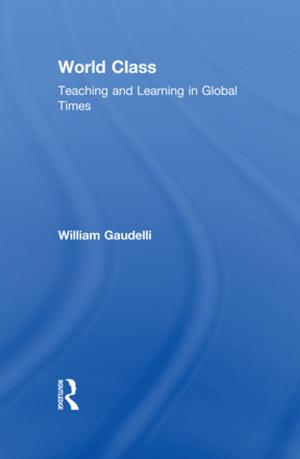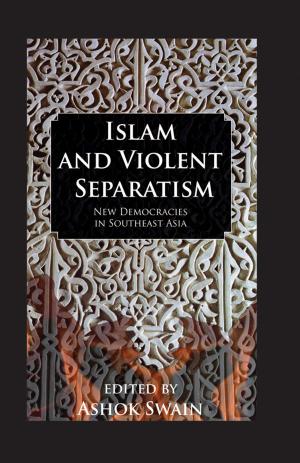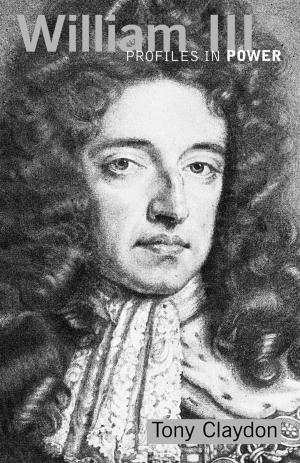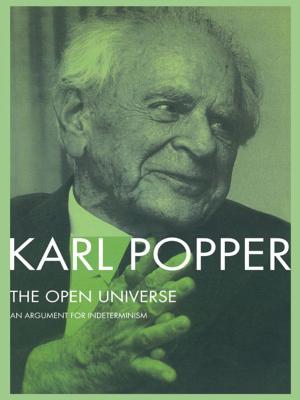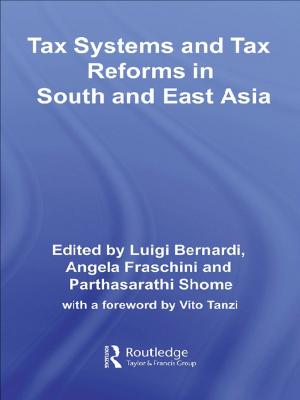Adrian Willaert and the Theory of Interval Affect
The Musica nova Madrigals and the Novel Theories of Zarlino and Vicentino
Nonfiction, Entertainment, Music| Author: | Timothy R. McKinney | ISBN: | 9781317185314 |
| Publisher: | Taylor and Francis | Publication: | March 23, 2016 |
| Imprint: | Routledge | Language: | English |
| Author: | Timothy R. McKinney |
| ISBN: | 9781317185314 |
| Publisher: | Taylor and Francis |
| Publication: | March 23, 2016 |
| Imprint: | Routledge |
| Language: | English |
In the writings of Nicola Vicentino (1555) and Gioseffo Zarlino (1558) is found, for the first time, a systematic means of explaining music's expressive power based upon the specific melodic and harmonic intervals from which it is constructed. This "theory of interval affect" originates not with these theorists, however, but with their teacher, influential Venetian composer Adrian Willaert (1490-1562). Because Willaert left no theoretical writings of his own, Timothy McKinney uses Willaert's music to reconstruct his innovative theories concerning how music might communicate extramusical ideas. For Willaert, the appellations "major" and "minor" no longer signified merely the larger and smaller of a pair of like-numbered intervals; rather, they became categories of sonic character, the members of which are related by a shared sounding property of "majorness" or "minorness" that could be manipulated for expressive purposes. This book engages with the madrigals of Willaert's landmark Musica nova collection and demonstrates that they articulate a theory of musical affect more complex and forward-looking than recognized currently. The book also traces the origins of one of the most widespread musical associations in Western culture: the notion that major intervals, chords and scales are suitable for the expression of happy affections, and minor for sad ones. McKinney concludes by discussing the influence of Willaert's theory on the madrigals of composers such as Vicentino, Zarlino, Cipriano de Rore, Girolamo Parabosco, Perissone Cambio, Francesco dalla Viola, and Baldassare Donato, and describes the eventual transformation of the theory of interval affect from the Renaissance view based upon individual intervals measured from the bass, to the Baroque view based upon invertible triadic entities.
In the writings of Nicola Vicentino (1555) and Gioseffo Zarlino (1558) is found, for the first time, a systematic means of explaining music's expressive power based upon the specific melodic and harmonic intervals from which it is constructed. This "theory of interval affect" originates not with these theorists, however, but with their teacher, influential Venetian composer Adrian Willaert (1490-1562). Because Willaert left no theoretical writings of his own, Timothy McKinney uses Willaert's music to reconstruct his innovative theories concerning how music might communicate extramusical ideas. For Willaert, the appellations "major" and "minor" no longer signified merely the larger and smaller of a pair of like-numbered intervals; rather, they became categories of sonic character, the members of which are related by a shared sounding property of "majorness" or "minorness" that could be manipulated for expressive purposes. This book engages with the madrigals of Willaert's landmark Musica nova collection and demonstrates that they articulate a theory of musical affect more complex and forward-looking than recognized currently. The book also traces the origins of one of the most widespread musical associations in Western culture: the notion that major intervals, chords and scales are suitable for the expression of happy affections, and minor for sad ones. McKinney concludes by discussing the influence of Willaert's theory on the madrigals of composers such as Vicentino, Zarlino, Cipriano de Rore, Girolamo Parabosco, Perissone Cambio, Francesco dalla Viola, and Baldassare Donato, and describes the eventual transformation of the theory of interval affect from the Renaissance view based upon individual intervals measured from the bass, to the Baroque view based upon invertible triadic entities.

